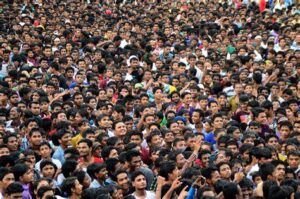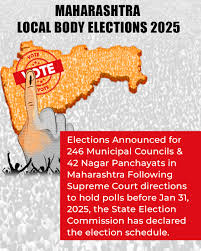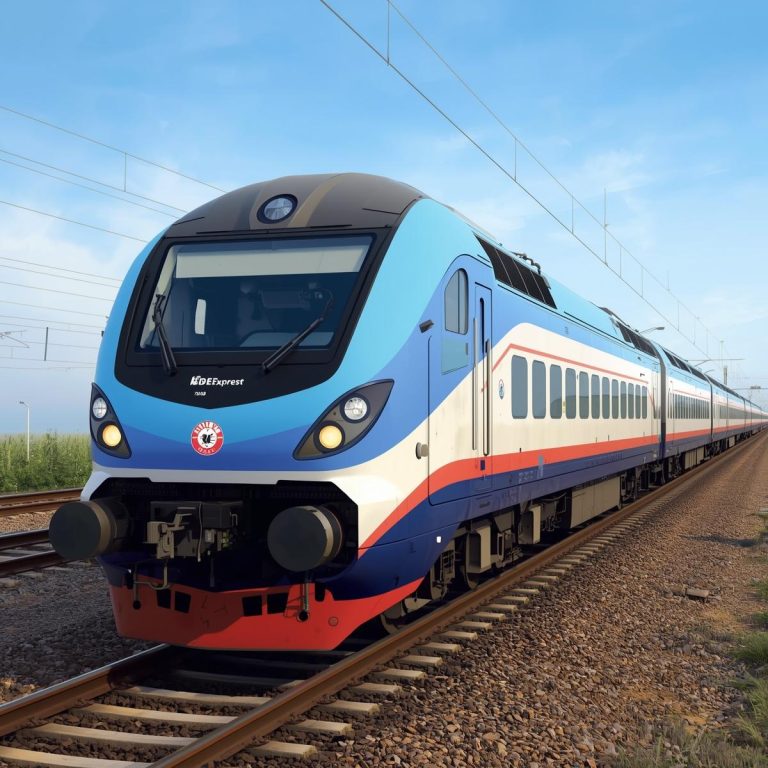
From the World Population Review (WPR) India’s population stood at 1.417 billion as of end 2022. That’s a little over 5 million more than the 1.412 billion reported by China on Tuesday.
India is ready to show its power to the world. India is also set to be the developed country by 2047. In order to meet the target, Indian economy will have consistently growth at an average rate of around 8 percent per annum.
The economy is in the high gear. Adds urgency for Prime Minister Narendra Modi to create more jobs and ensure the country sustains the beating world growth.
The government of India is spending nearly 20% of the fiscal year on its investment, according to a survey by the Indian central bank this month. The partition of India in 1947 appeared to put China permanently ahead in the numbers game.
China’s demographic dividend disappeared while India continues to grow. The Projections show the population structure of India is younger than China.
35 per cent of the Chinese are in the same age group whereas, half of India’s current population is under the age of 30.
Auguste Tano Kouame the World Bank Indian Country Director, credited India’s strong macroeconomic fundamentals for the ‘remarkably resilient’ economy.
Prime minister Narendra Modi is ready to make India the world’s most powerful country in coming years. But what about the population as it surpassed the China’s population? Does India have any population policy?
Nandan Nilekani said “India is on the cusp of huge change,”a founder of Infosys Ltd., one of the nation’s largest technology services companies. India has quickly created capacity to support tens of thousands of startups, a few billion smartphones and data rates that rank among the lowest in the world”, he added.
How India was able to reach this position?
Off course the “Make in India” campaign in 2014, seeking to emulate China and the tigers of East Asia, Singapore to South Korea and Taiwan, that climbed into the ranks of rich economies by making product that world wanted to buy and by filling the factories with workers.

The manufacturing GDP was boosted by 25%. If we compare 15.3% in 2000 the ratio rose to 17.4% in 2020 according to data from McKinsey.
India has momentum, as this year India got the presidency of G20. India increased the oil import from Russia 33 times, ignoring the pressure from Washington.
Kenneth Juster said, “with which everyone is interested in having a good relationship,” a former US ambassador to India”.
“India is positioning itself and using its presidency of the G-20 to do so, as a bridge between east and west, and north and south,” he added. “A lot of companies feel that given its size, given its young population, given its inevitable force in international affairs, India is a place where they should be.”
By year 2035 India will become a $10 trillion economy according to The Centre for Economics and Business Research.
Bloomberg Economics expects that Potential GDP growth will gradually peak at about 8.5% early next decade, taxes cut, incentives for manufacturers and privatization of public assets, according to BE.
The rising Inequality
Duvvuri Subbarao, a former governor of the Reserve Bank of India said, “If we do not take care of inequality, we can’t get very far with growth.”
The pace of pace of population growth is slowing down globally but according to the suggestions it will at peak in 2080s. India, Pakistan, Ethiopia, the Congo, Egypt, Nigeria, the Philippines, and Tanzania more than half of this projected growth will be concentrated in just these eight countries, estimated by the UN.







Ncy
Nice,
good information
👍👍